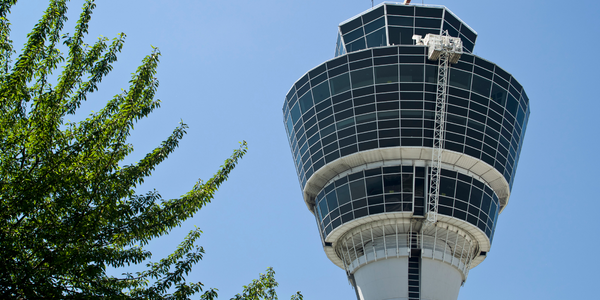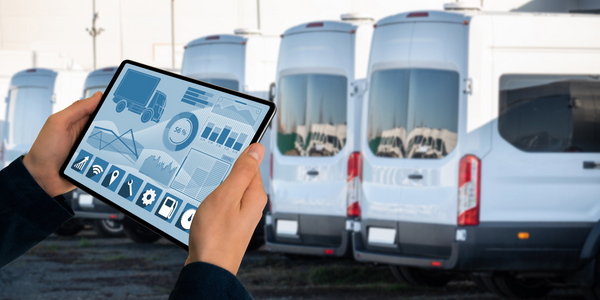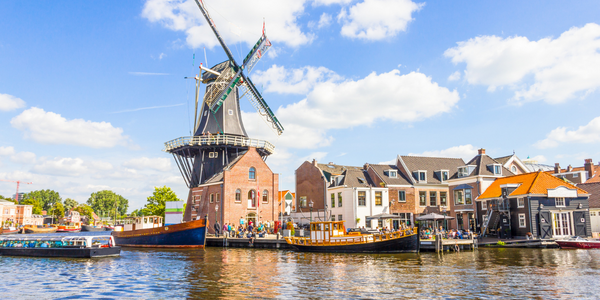
Technology Category
- Analytics & Modeling - Data Mining
- Functional Applications - Transportation Management Systems (TMS)
Applicable Industries
- Cities & Municipalities
- Transportation
Applicable Functions
- Logistics & Transportation
- Product Research & Development
Use Cases
- Autonomous Transport Systems
- Transportation Simulation
Services
- Data Science Services
- System Integration
The Customer
Citywide multi-modal transportation authority
About The Customer
The customer in this case study is a citywide multi-modal transportation authority that manages a transportation system critical for keeping its millions of citizens and socio-economic development moving. The authority oversees this task through traffic management, and regulation of private and public transit. It plans, develops, and manages for short- and long-term needs to provide an efficient, people-centered system that includes roads, rail, buses, taxis, and private vehicles. The authority is responsible for capturing more than 12 million records on public transport each day and relies heavily on data and applications to ensure smooth travel for all.
The Challenge
The citywide multi-modal transportation authority was facing a significant challenge due to the city's fast-paced development and growing population. The projected demand was expected to strain the public transportation system if not planned for properly. To serve these anticipated needs, the authority drafted its Land Transport Master Plan for transportation network investments that forecasted needs over a decade. In addition to a rapidly growing population, ever-expanding data volumes posed a considerable challenge to their technology infrastructure. The authority relies on data and applications to ensure smooth travel for all—capturing more than 12 million records on public transport each day. However, land transport IT systems were designed for quick response time, with priority given to keeping transactions moving; but not for keeping data beyond three months. Lost data meant a lost ability to conduct meaningful trend analysis, create long-term policy planning, or engage in data mining.
The Solution
With the expectation that data volumes would continue to grow, a decision was made to create a data management ecosystem focused on implementing new measures to better address commuter needs. Teradata initiated a proof-of-concept study to identify a suitable enterprise data warehouse that would address their growing data volumes and, more importantly, put their data to work. Several test scenarios assessing performance, scalability, and workload management resulted in a 99 percent improvement in query response times. Following these encouraging results, Teradata embarked on a full-scale implementation of a data analytics ecosystem utilizing technology from Teradata. Its implementation helped the authority set a course for creating a decision capability that supports its vision of a truly people-centric transportation system.
Operational Impact
Quantitative Benefit

Case Study missing?
Start adding your own!
Register with your work email and create a new case study profile for your business.
Related Case Studies.

Case Study
Turning A Stadium Into A Smart Building
Honeywell created what it called the “intelligent system” for the National Stadium in Beijing, China, turning the venue for the opening and closing events at the 2008 Summer Olympics into a “smart building.” Designed by highly controversial artist Ai Weiwei, the “Bird’s Nest” remains one of the most impressive feats of stadium architecture in the world. The 250,000 square meter structure housed more than 100,000 athletes and spectators at a time. To accommodate such capacity, China turned to Honeywell’s EBI Integrated Building Management System to create an integrated “intelligent system” for improved building security, safety and energy efficiency.
.png)
Case Study
Smart Street Light Network (Copenhagen)
Key stakeholders are taking a comprehensive approach to rethinking smart city innovation. City leaders have collaborated through partnerships involving government, research institutions and solution providers. The Copenhagen Solutions Lab is one of the leading organizations at the forefront of this movement. By bringing together manufacturers with municipal buyers, the Copenhagen Solutions Lab has catalyzed the development and deployment of next-generation smart city innovations. Copenhagen is leveraging this unique approach to accelerate the implementation of smart city solutions. One of the primary focus areas is LED street lighting.

Case Study
Airport SCADA Systems Improve Service Levels
Modern airports are one of the busiest environments on Earth and rely on process automation equipment to ensure service operators achieve their KPIs. Increasingly airport SCADA systems are being used to control all aspects of the operation and associated facilities. This is because unplanned system downtime can cost dearly, both in terms of reduced revenues and the associated loss of customer satisfaction due to inevitable travel inconvenience and disruption.

Case Study
IoT-based Fleet Intelligence Innovation
Speed to market is precious for DRVR, a rapidly growing start-up company. With a business model dependent on reliable mobile data, managers were spending their lives trying to negotiate data roaming deals with mobile network operators in different countries. And, even then, service quality was a constant concern.

Case Study
Buoy Status Monitoring with LoRa
The Netherlands are well-known for their inland waterways, canals, sluices and of course port activities. The Dutch Ministry of Infrastructure indicates that there are thousands of buoys and fixed items in and near water environments that would profit from IoT monitoring. One of the problems with buoys for example, is that they get hit by ships and the anchor cable breaks. Without connectivity, it takes quite some time to find out that something has happened with that buoy. Not to mention the costs of renting a boat to go to the buoy to fix it. Another important issue, is that there is no real-time monitoring of the buoys at this moment. Only by physically visiting the object on the water, one gains insight in its status.




